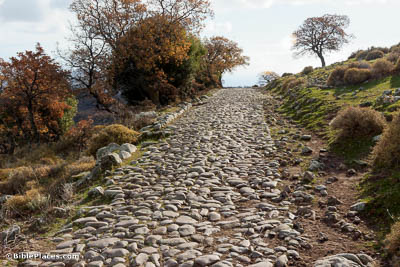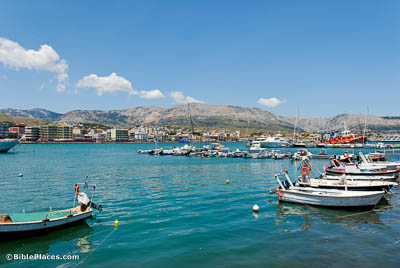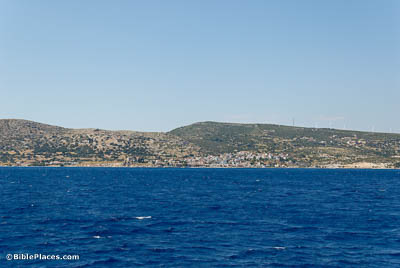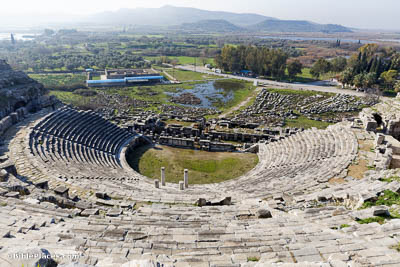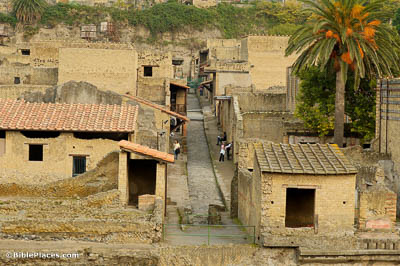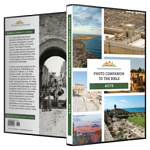Paul . . . himself intended to go by land (Acts 20:13).
When Paul’s companions set sail from Troas to go to Assos, Paul instead decided to make the journey by foot. The distance from Troas to Assos as the crow flies is only about 20 miles (32 km), but a route that avoids the intervening mountains would be more circuitous. In his travels, Paul may well have walked along this very road, which dates to the Roman period. However, the paving stones seen here were probably laid later than the 1st century AD.
